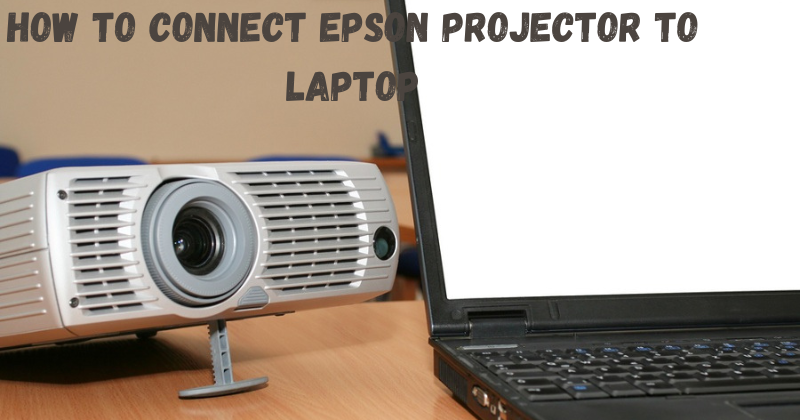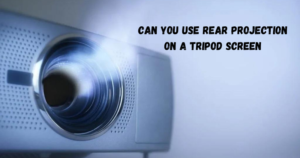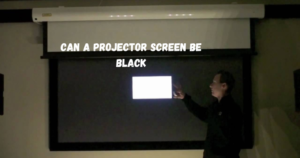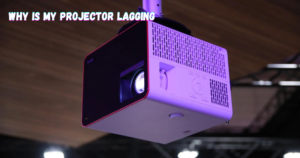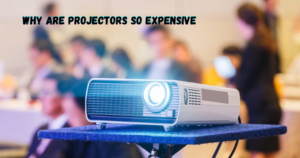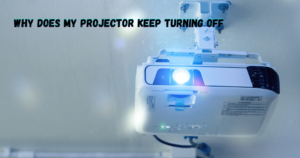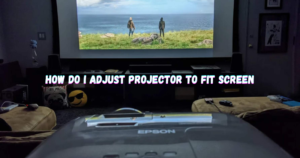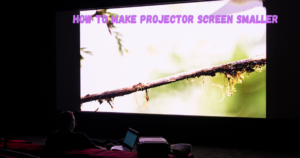Projectors have become an essential tool in offices, businesses, and homes for nearly a decade, creating a bigger impact on presentations and meetings.
With that rapid increase in the use of projectors, connecting them to laptops has become a common task that people must figure out in order to get started using their new technology.
If you’ve recently gotten an Epson projector and are having trouble figuring out how to connect it properly with your laptop so you can get up-and-running right away, this blog post was written just for you.
Below we’ll provide step-by-step instructions along with helpful visual aids which will help ensure success as you attempt to make the connection between your Epson Projector and your laptop.
Determine the type of connection your laptop and projector require
The first and most important step in connecting your Epson projector to a laptop is determining the type of connection that each device requires.
Depending on which model you have, you may need an HDMI cable, VGA cable or USB cable. It’s best to consult the documentation for both devices and determine which type will be best suited for your needs.
Plus, if you’re having difficulties locating the correct type of cable, most electronics stores will have a wide range to choose from.
How To Connect Epson Projector To Laptop
Here are the steps to connect your Epson projector to your laptop:
- Start by connecting the cable of choice between the two devices. Make sure that both ends are firmly placed in each device’s respective ports.
- Once the connection is established, turn on the projector and laptop. The laptop should then detect the projector automatically.
- If not, you’ll need to configure the projector settings in the laptop’s display options.
- Now that the connection is complete, you can begin using your Epson projector and laptop together.
- Make sure to adjust the contrast and brightness settings of both devices for optimal viewing conditions.
Using an Epson projector with your laptop doesn’t need to be a difficult task. With the right instructions and cables, you can easily connect your two devices in no time and start using them together right away.
Connect the proper cables to both the laptop and projector
It’s important to note that the type of cable used to connect your laptop and projector will depend on the model of each. As mentioned above, you’ll need an HDMI cable, VGA cable or USB cable for this connection.
Once you’ve determined which type of cable is needed, it’s time to make the physical connection between both devices. Make sure that both ends are firmly placed in each device’s respective ports.
Once the cable is connected, you can turn on the projector and laptop and allow them to detect each other automatically. If they don’t, you’ll need to adjust your laptop’s display options to manually configure the projector settings.
Configure the settings on both devices for optimal performance
Once the connection between your laptop and projector is established, it’s important to adjust the contrast and brightness settings on both devices so you have optimal viewing conditions for any presentations you may be giving.
These settings are usually located in the display options or preferences menus of each device. Make sure to take your time here and experiment with different configurations until you find one that works best for what you are presenting.
Make sure all settings are correct before beginning playback
Before you begin your presentation, it’s important to make sure that all settings are correct on both the laptop and projector. This includes making sure that the resolution is properly set, that there is no interference from other devices in the area, and that any additional audio equipment you may be using is also correctly configured.
Performing a quick check before you start your presentation will help ensure that everything runs as smoothly as possible and that you don’t run into any issues during the course of your presentation.
Use an HDMI cable if possible for best image quality
When it comes to connecting your laptop and projector, an HDMI cable is recommended if possible. This type of cable allows for the highest audio and video quality and will give you the best image when displaying your presentation.
However, if an HDMI cable isn’t available, a VGA or USB connection can also be used. Just keep in mind that these types of cables may not provide as good of an image quality as an HDMI cable.
Test the connection with a sample file to make sure it is working properly
Once the connection between the laptop and projector is established, it’s always a good idea to test it with a sample file. This will help you make sure that all settings are correct and that everything is working as intended before you begin your presentation.
You can find sample files online or create one yourself. Just make sure to use an image or video file with a resolution that matches the settings on both devices.
Tips for better performance when using the projector
When using an Epson projector with a laptop, it’s important to keep in mind that some settings and features can help improve the overall performance of the system.
For example, make sure that both devices are in close proximity to each other so that there is no interference from outside sources such as Bluetooth or Wi-Fi signals.
Also, make sure that the projector’s settings are set to optimal viewing conditions for whatever content you’re displaying. This includes adjusting the brightness and contrast levels as needed.
Finally, make sure to use a high-quality cable when connecting your laptop and projector together in order to ensure the best image quality possible.
FAQs
Can an Epson projector connect wirelessly to laptop?
Yes, some models of Epson projectors are capable of connecting wirelessly to laptop. However, not all models have this capability so it’s important to check the documentation for your specific model in order to determine if this is possible. Additionally, you’ll need a wireless adapter that is compatible with both the projector and laptop in order to make the connection.
How do I connect my laptop to a projector without HDMI?
If your laptop doesn’t have an HDMI port or if the projector only has a VGA connection, you can use a VGA to USB adapter in order to make the connection. These adapters can be found online and are relatively inexpensive.
Can all laptops connect to the projector?
No, not all laptops will be compatible with projectors. Be sure to check the documentation for your specific laptop model in order to determine if it’s capable of connecting to a projector. Additionally, you’ll need to make sure that the type of cable used is supported by both devices.
Conclusion
By following the step-by-step instructions provided in this blog post, you should now be able to successfully connect your Epson projector to your laptop.
Understand that each device uses slightly different methods, so if your specific configuration is not covered here, take some time to research more information on the manufacturer’s website or contact their technical support team for help.
Although this process can seem complicated at first, it’s actually quite simple and satisfying once completed.
So don’t be afraid to attempt connecting your Epson projector to your laptop. You have what it takes to make a strong connection that allows you to start projecting great quality images.
If you remember and follow our guide on How To Connect Epson Projector To Laptop, we are positive that you can do this all by yourself without any hassles in no time!
